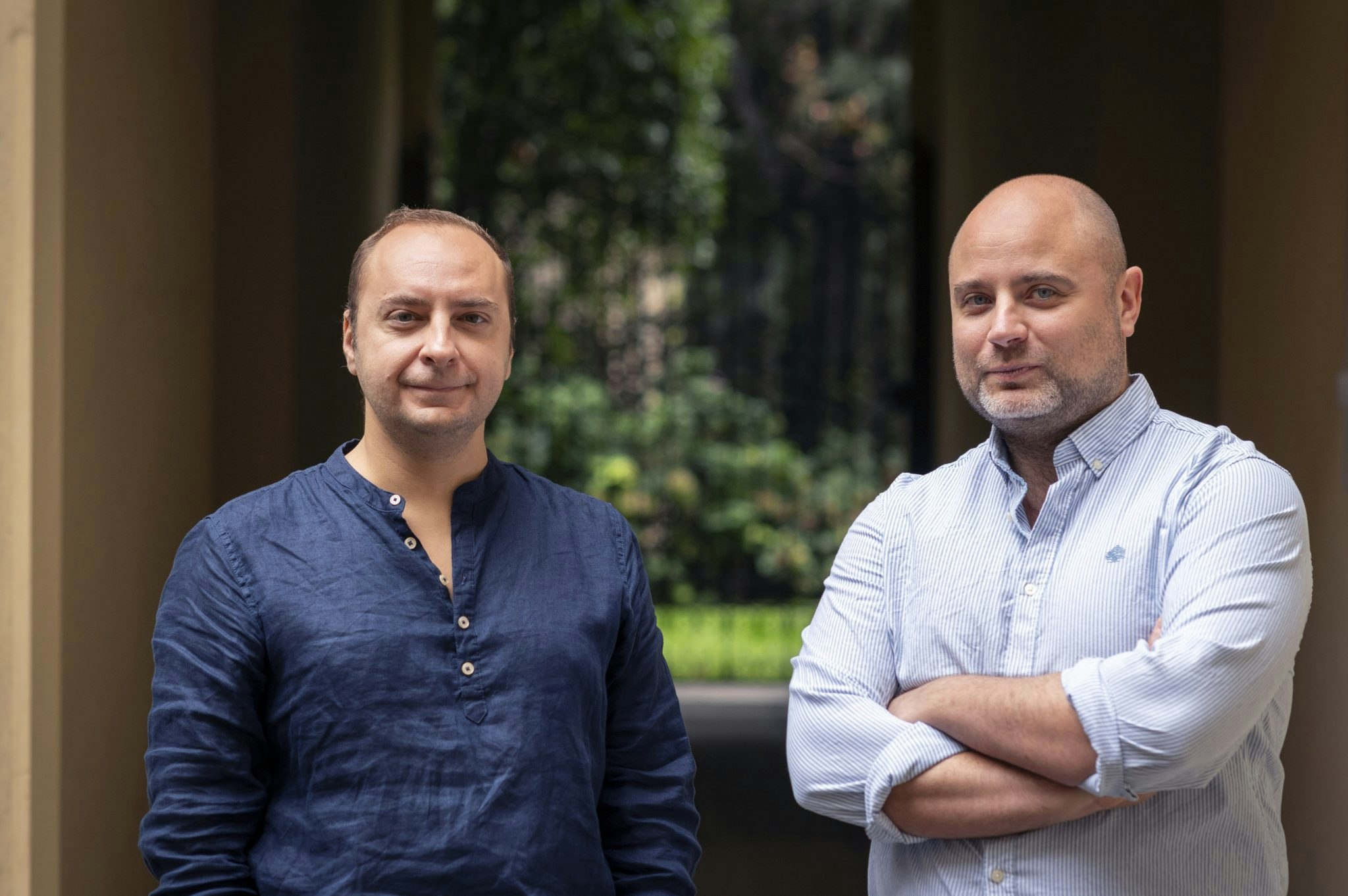It can be hard for early-stage startups — often with just an idea — to get investors on board. That’s why more are embracing a quick, alternative way to get money in the bank while they scout for a longer list of investors.
That would be the SAFE (simple agreement for future equity): a means for investors to put money into a startup without having to agree on how much the business is worth at that moment. It’s easy to see why such a means of raising cash might be attractive right now, given that startup valuations are on the way down and a SAFE could save founders from having to take a down round.
This is already starting to play out, according to Rémy Astié, founder and CEO of Vauban, a London-based startup building tools for VC and angel investment management. He says that around a third of the investments he’s seeing on the platform are being made with SAFEs, while last year the number was closer to 15%.
But while this investment mechanism might seem like a lifeline to many entrepreneurs, SAFEs can also come with serious risks to founders if not managed well.
“You can have a disastrously bad dilution if you're not careful,” says Anthony Rose, founder of UK-based investment platform SeedLegals.
How do SAFEs work?
A SAFE is a riff on the convertible loan note (CLN), a frequent investment tool for startups. SAFEs were created in 2013 by Y Combinator to have “the advantages of convertible debt without some of the disadvantages”.
CLNs are essentially an agreement between an investor and a business that capital will be invested in exchange for discounted equity the next time the company raises a funding round. If investment doesn’t happen before an agreed maturity date, the investor typically gets paid back in cash.
A SAFE is similar to this, but with the difference that they are designed for earlier-stage businesses that might not yet have revenue. So, instead of paying the investor back in cash at a maturity date (which could bankrupt an early-stage company), the investment will automatically convert into shares at a pre-agreed valuation at a certain date.
Apart from delaying the need to set a valuation for a startup, Rose explains that it also helps founders that have identified some willing investors, but not enough to fulfil a whole round.
“What if you just had one investor who is going to give you some money now, which you desperately need? Why should you have to wait months to get the rest of them?” he says.
What could go wrong?
One aspect of the SAFE that founders need to watch out for is a “valuation cap”. This is a way to reward the investor for the early-stage risk they are taking on, that sets out the maximum price the investor will pay for the shares.
So, if an investor backed a startup with a SAFE at a €1.5m valuation cap, and the next investment round ends up seeing the business valued at €3m, the investor's cash is converted to shares as if the startup was worth €1.5m — so they get double the amount of shares for their money.
Astié, however, says this tends to not present too much of an issue as long as founders know the rules of the game: “Normally you’ll try and put the [valuation] cap upward. So if you think that at a funding round you’d get let’s say a €10m valuation, when you’re doing your SAFE you’re going to try to put the cap at about €14m or €15m.”
That isn’t the end of the story in terms of risks to founders though, and this is about to get pretty technical. One type of SAFE that is slowly making its way over from the US to Europe is the “post-money SAFE”.
If [founders are] filing away these SAFEs thinking, ‘I've got all this cash’ [...] later on they do a funding round and find they're getting massively diluted
The difference with a post-money SAFE is that the investor’s share price won’t actually be set by the valuation cap alone, but at the valuation cap minus the cumulative value of the SAFEs that the startup has raised. This, according to Rose from SeedLegals, can create seriously unwelcome surprises for founders that don’t plan properly.
“Let's say that you do your next round at a €3m valuation. The SAFE has a €2m cap and you've got three, each of them for €100k, all at the €2m cap. What will happen is those SAFEs will each convert at €2m, minus the value of all of those three SAFEs put together. So instead of them all converting at a €2m valuation, they're all converting at a €1.7m valuation,” he explains.
“It just makes it super dangerous for founders. If you raise a lot [of SAFEs], it could be a real reduction. If they’re just filing away these SAFEs that they've got thinking, ‘I've got all this cash’, and then later on, they do a funding round, and they find that they're getting massively diluted.”
Proceed with caution
Despite this possible risk, SAFEs are clearly still proving helpful to founders in today’s difficult market. Rose’s advice to founders looking to raise with SAFEs is that they need to be extremely strategic and take future fundraising plans into account, to avoid any nasty surprises.
Astié also says that, while SAFEs tend to be slightly more founder-friendly than the convertible loan note, things are beginning to shift to give more protection to investors.
“European investors are pushing to have the same kinds of protections in a SAFE that they would get in a CLN,” such as pre-emption and pro-rata rights, he says.
It’s no surprise that investors are looking for ways to cover their backs as tech investments begin to feel riskier in today’s market. But despite the intricacies and possible pitfalls that can come along with raising money through SAFEs, Astié and Rose both agree that, if treated with careful planning, they can still keep your startup afloat in choppy waters.


